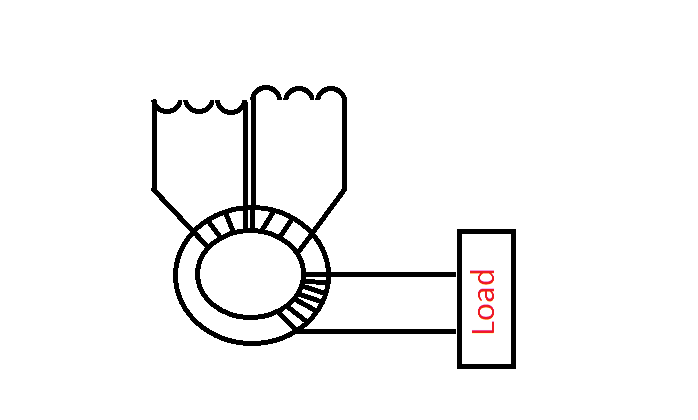Hey Rod,
I was just thinking, if your acceleration on all the coils happened at the same starting RPM, perhaps the best process to test if they are all adding to the system would be something like this...
1- Get the rotor up to the ideal speed with all coils open.
2- Short the first coil and see the acceleration.
3- Back some power off the front runner. (just enough to return you back to the ideal starting RPM, or a little above that)
4- Short the next coil.
5- Again watch the acceleration and then back off the dirve power to return to the ideal starting RPM.
6- Continue this process until all coils are shorted.
7- Lastly: Measure each coil output and compare to the input on your Outrunner.
--------
If you could measure total power out and in between each stage that would be ideal.
Note: It may be easier than this, but if you are having problems getting the coils to work together, this process may help.
If the coils accelerate at different speeds you might be able to do it by engaging the lowest RPM coil first and then working your way up.
You are a good man Rod.
I was just thinking, if your acceleration on all the coils happened at the same starting RPM, perhaps the best process to test if they are all adding to the system would be something like this...
1- Get the rotor up to the ideal speed with all coils open.
2- Short the first coil and see the acceleration.
3- Back some power off the front runner. (just enough to return you back to the ideal starting RPM, or a little above that)
4- Short the next coil.
5- Again watch the acceleration and then back off the dirve power to return to the ideal starting RPM.
6- Continue this process until all coils are shorted.
7- Lastly: Measure each coil output and compare to the input on your Outrunner.
--------
If you could measure total power out and in between each stage that would be ideal.
Note: It may be easier than this, but if you are having problems getting the coils to work together, this process may help.
If the coils accelerate at different speeds you might be able to do it by engaging the lowest RPM coil first and then working your way up.
You are a good man Rod.










 less watts than coilless config and faster RPM. Have you tested shorting your coils with diodes? You can self drive your generator like this:
less watts than coilless config and faster RPM. Have you tested shorting your coils with diodes? You can self drive your generator like this:

Comment